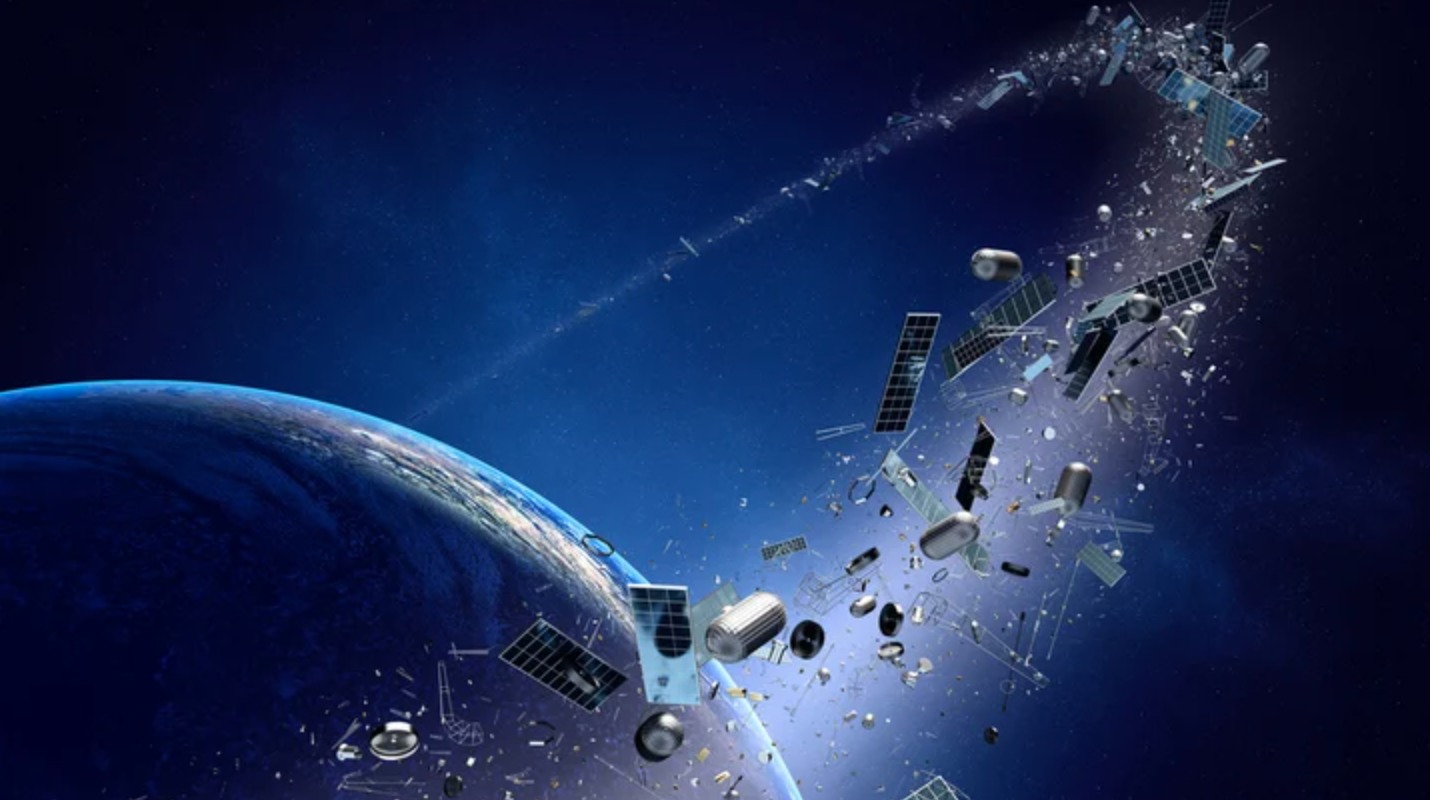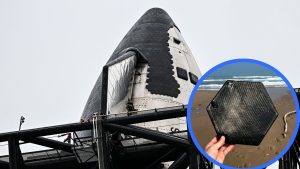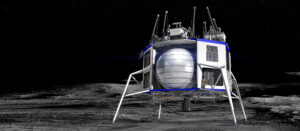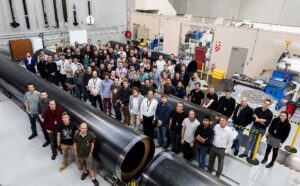Astroscale Sets up on Space Debris Removal Mission to Clean Defunct Satellites
2nd Apr 2021
Recently, Astroscale company demonstrated a new technology for space debris removal missions, dealing with defunct satellites. The showcase was run from an operations centre in the UK and assisted in addressing the pressing issue of space junk removal.
Space Debris Removal Importance: Why Clean up Defunct Satellites?
To date, over 3,000 satellites are already circling the earth, and thousands more will be launched in the next decade. Many of these spacecraft are already defunct, and many more may soon become inactive. In the context of the new space exploration era, the amount of space debris raises a red flag because satellites may start to break up, clutter the orbit and increase the risks of collisions with currently operational spacecraft. All of these create a vibrant market for space debris removal services.
As Astroscale’s UK managing director John Auburn claims, humanity is entering a new age of satellite constellations and connectivity. Spacecraft failing in orbit could pose a serious danger. He adds that if satellites fail at low altitudes, they will go down on their own. However, if the failure occurs at 1,200-1,300km altitude, the spacecraft will remain in orbit for years, increasing satellite collision risks.
Astroscale’s mission is called End-of-Life Service, aka Elsa-d. The demo will feature two spacecraft — a servicer (175kg) and a client (17 kg). Both will be launched on a Russian Soyuz rocket, from Kazakhstan Baikonur Cosmodrome. Once in orbit, the spacecraft will separate and go into the cat-and-mouse play mode. The servicer will use sensors to find the client and latch it onto a magnetic docking plate. Once achieved, it will release the client to repeat the same game.
The task sounds simpler than it will be in practice. The most challenging part of this demo is catching the client’s satellite while it’s tumbling. Once the mission is over, both spacecraft will be instructed to exit orbit, and as they go down, they will burn out in the atmosphere.
Elsa-d will be overseen from a control centre in Harwell, Oxfordshire. To ensure continued communication with the experimental spacecraft, the centre will use a network of 16 ground stations. The facility has strong support from the UK government that is actively working on increasing its space potential.
If this mission is successful, humanity will be taking a step in the right direction regarding space debris removal and the eventual clean-up of defunct satellites.






Thank you for your comment! It will be visible on the site after moderation.